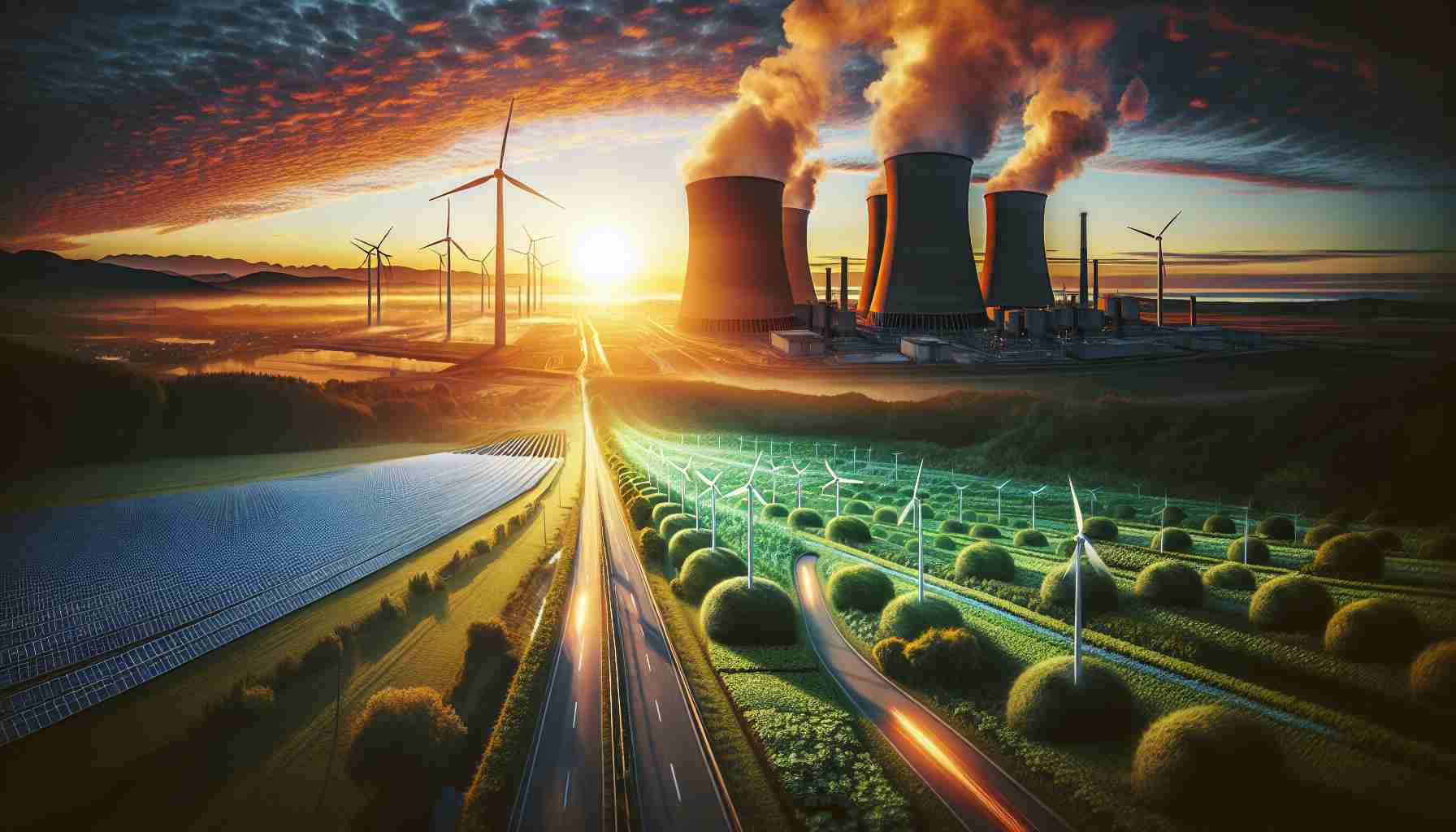- In the aftermath of the Three Mile Island incident, Europe saw significant protests and political shifts against nuclear energy.
- Germany and Austria were notable for their strong anti-nuclear stances, with Germany’s protests and Austria’s rejection of the Zwentendorf plant.
- Across Europe, countries paused or abandoned nuclear projects, and many construction sites transitioned to coal energy instead.
- This period sparked the rise of strong green movements, significantly influencing European politics and policy.
- Germany’s “Energiewende” exemplified a broader shift towards renewable energy, prioritizing solar and wind power.
- The move towards renewables was not without challenges, such as increased coal use and its associated environmental impact.
- Overall, this era marked a critical shift towards sustainability and energy justice in Europe.
Imagine the clamorous streets, vibrant with protestors, as Europe reached a crossroads in its energy narrative. In the wake of the Three Mile Island incident, tides of change surged across the continent, pulling nations away from the nuclear dream. Germany’s fiery protests against nuclear waste at Gorleben morphed into a symbolic march of unity, crescendoing in Hanover with a thunderous gathering of 50,000 voices. Austria decisively closed the curtains on their nuclear ambitions when voters rejected the activation of the Zwentendorf plant.
Across Europe, from the verdant hills of Sweden to the sunlit plazas of Spain, a resonant cry echoed – a halt to new reactors, a moratorium on nuclear power. Construction sites once earmarked for nuclear projects pivoted towards coal, meeting scant resistance in their transformations. Yet, some ambitious projects froze, never to see completion, like Long Island’s Goliath on American soil or Germany’s own aborted Kalkar plant, later reborn as a unique leisure park.
This era of transformation birthed powerful green movements, with parties like Germany’s Die Grünen taking root, their influence spreading like tendrils across political landscapes. By the dawn of the 21st century, an anti-nuclear chorus harmonized with the voices advocating for renewable resilience, setting the stage for an eco-conscious makeover of European policy.
Economies recalibrated, steering investments into renewable energy, championing solar and wind over nuclear. Germany’s “Energiewende” exemplified a nationwide pivot, aiming to phase out nuclear while nurturing a flourishing green economy. However, this shift wasn’t devoid of challenges. The pivot to coal aroused environmental concerns, casting shadows over progress with the realities of carbon emissions and nuclear waste legacies still lingering. Yet, this undeterred march towards sustainability highlights a pivotal era for Europe, shaping a future intertwined with energy justice and climate action.
Europe’s Energy Transformation: From Nuclear Ambitions to Renewable Resilience
How Did the European Shift from Nuclear to Renewables Begin?
The transformation in Europe’s energy narrative began in the aftermath of the Three Mile Island incident, which instigated widespread public distrust in nuclear power. This event served as a catalyst for massive protests and policy changes across Europe. Countries like Germany and Austria heeded their citizens’ demands, with Germany witnessing large-scale demonstrations against nuclear waste at Gorleben, and Austria decisively voting against activating the Zwentendorf nuclear plant. These movements led to a broader European halt on new nuclear reactors, setting the stage for a pivot toward alternative energy sources.
What Are the Pros and Cons of Europe’s Energy Shift?
Pros:
1. Renewable Commitment: Europe’s pivot has bolstered investments in solar and wind energy, promoting a sustainable future and fostering technological advancements.
2. Political Influence: Green parties like Germany’s Die Grünen have gained significant traction, influencing policies and pushing for comprehensive climate actions.
3. Economic Opportunities: The transition has opened up new markets and job opportunities in the green energy sector.
Cons:
1. Environmental Concerns: The initial reliance on coal as a stopgap measure raised alarms about carbon emissions and air quality.
2. Nuclear Waste Legacy: The discontinuation of nuclear projects left unresolved issues around existing nuclear waste management.
3. Intermittency Issues: The dependency on solar and wind introduces challenges, as these resources are not always available, necessitating improvements in storage technology.
What Challenges and Innovations Lie Ahead for Europe’s Renewable Future?
As Europe advances its renewable agenda, several challenges and innovations shape its path forward:
Challenges:
– Grid Reliability: Integrating intermittent energy sources while maintaining a stable power supply is a significant challenge.
– Technological Development: Advancements in battery storage and smart grid technologies are necessary to maximize renewable efficiency.
– Policy Harmonization: Coordinating policies across diverse national frameworks within the EU remains complex.
Innovations:
– Emerging Storage Solutions: Europe is at the forefront of developing cutting-edge battery technologies and hydrogen fuel cells.
– Smart Grids: Investments in smart grid infrastructure ensure efficient resource distribution and load management.
– Sustainable Energy Projects: Initiatives like the “Energiewende” in Germany serve as models for incorporating large-scale renewable systems into existing grids.
For more insights on Europe’s evolving energy landscape, visit WindEurope and SolarPower Europe.
The source of the article is from the blog karacasanime.com.ve















